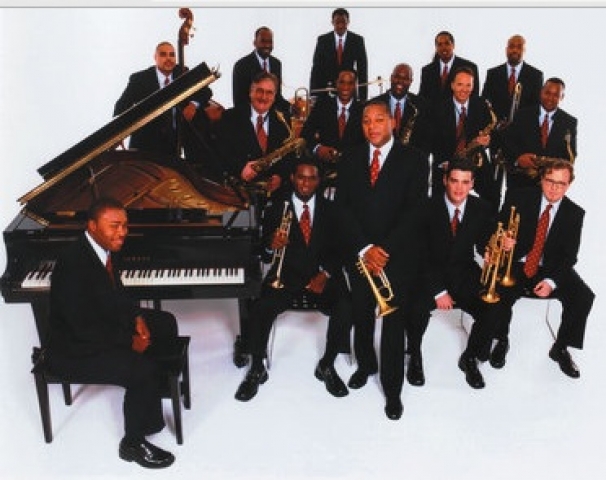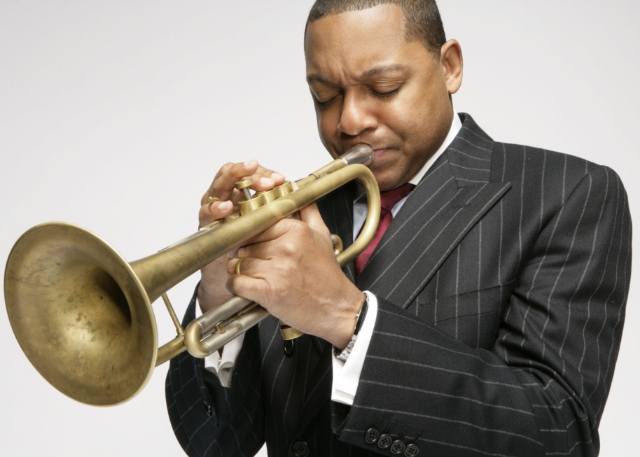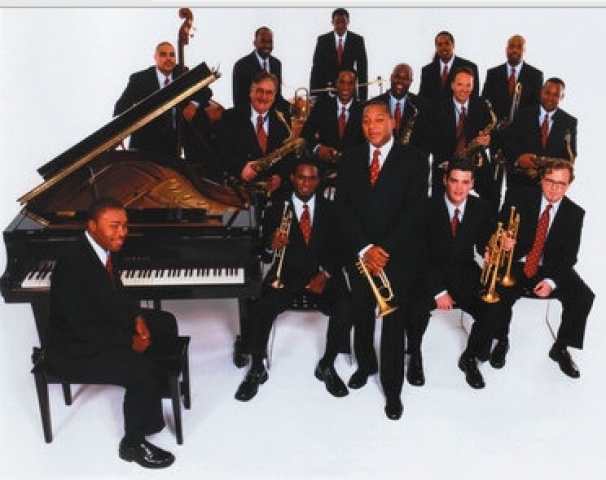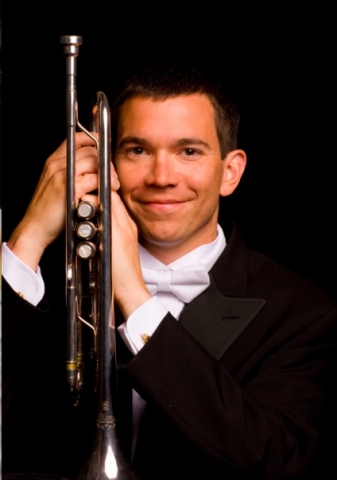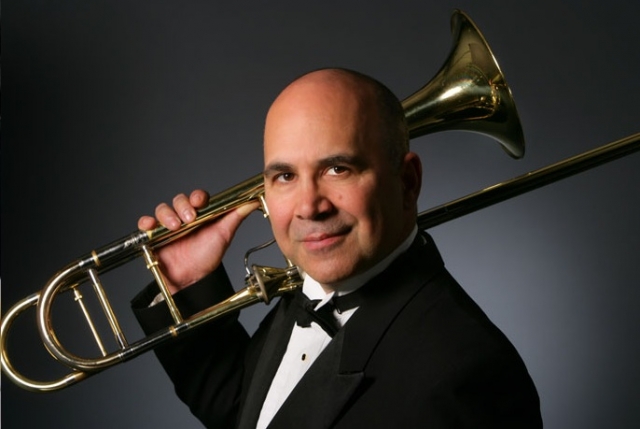Alan Gilbert's NY Philharmonic Celebrates Brass
Quintessential American Music Featured
By: Susan Hall - Jan 04, 2017
New York Philharmonic
Conducted by Alan Gilbert
Grace Shryock, English horn
Christopher Martin, Trumpet,
Joseph Alessi, Trombone
Jazz at Lincoln Center Orchestra
with Wynton Marsalis
David Geffen Hall
Lincoln Center
New York, New York
January 3, 2017
Alan Gilbert as Music Director of the NY Philharmonic offers surprising and always interesting programs. His program bridging the transition from 2016 to 2017 was no exception. From Aaron Copland’s Quiet City, featuring Grace Shryock on the English horn and Christopher Martin on trumpet to Wynton Marsalis’ The Jungle, Symphony No. 4, we were treated to brass at its best. Compositions by William Bolcom and Wynton Marsalis were commissioned by the Philharmonic.
Bracketing the program were takes on the city. Copland’s sounded more like a rural Appalachian Spring and than Marsalis’ incredible urban portrait is full of cacophony, screeches and screams as well as moments of pure beauty.
Copland was the dean of American music and, like Alan Gilbert, a champion of new music. His is the essential summation of the American sound. Although Christopher Martin is, according to Copland, supposed to play nervously, he seemed ever the master of the daring plunges and soaring notes he played. We rarely hear the English horn featured, so it was a particular pleasure to listen to Shryock in Quiet City.
The trombone too is often overlooked as a solo instrument. The Philharmonic commissioned William Bolcom to write this piece for principal trombone, Joseph Alessi. The composer and artist collaborated in the work. Bolcom writes that Alessi is a “consummate musician with perfect intonation.” He adds that he hopes his music captures Alessi’s warmth and geniality. Bolcom captures this spirit in spades: scales up and down and fourth note leaps. James Keller aptly calls Bolcom’s music “rhythmically vibrant effusions.”
Wynton Marsalis’ The Jungle: Symphony No. 4 filled the second part of the program with wails, cat calls and the sounds of choo-choo trains. I kept imagining the hotel lobby through the long hours of the night in Eugene O’Neill’s Hughie. Marsalis explains each of the five movements: The Big Scream; The Big Show; Lost in Sight, featuring the dispossessed and homeless; La Esquina, a bit of Latin; and Struggle in the Digital Market, a city driven by profit and growth and perhaps losing its soul.
This was a world premier, commissioned to celebrate the Orchestra's 175th Anniversary. Gilbert showed his appreciation as he conducted not only his orchestra but the members of the Jazz at Lincoln Center Orchestra, sitting directly under his baton. A double bass was tucked right behind the brass, plucking the beat. At the stage left, Timothy Cobb, the great principal double bass of the Philharmonic, was having a wildly wonderful time on his instrument, both bowing and plucking. He seemed to be in dialogue with his mid-stage, bow-less bass partner.
In the end, Marsalis asks whether the city will survive or perish. The Symphony is a source of bobbing heads and tapping feet in the audience.
David Geffen Hall becomes a jazz club for the encore. No one danced in the aisles, but as I craned to see people in the balcony, I am sure I saw some grooving audience members. Gilbert celebrated American music and we were privileged to listen to the beat.

